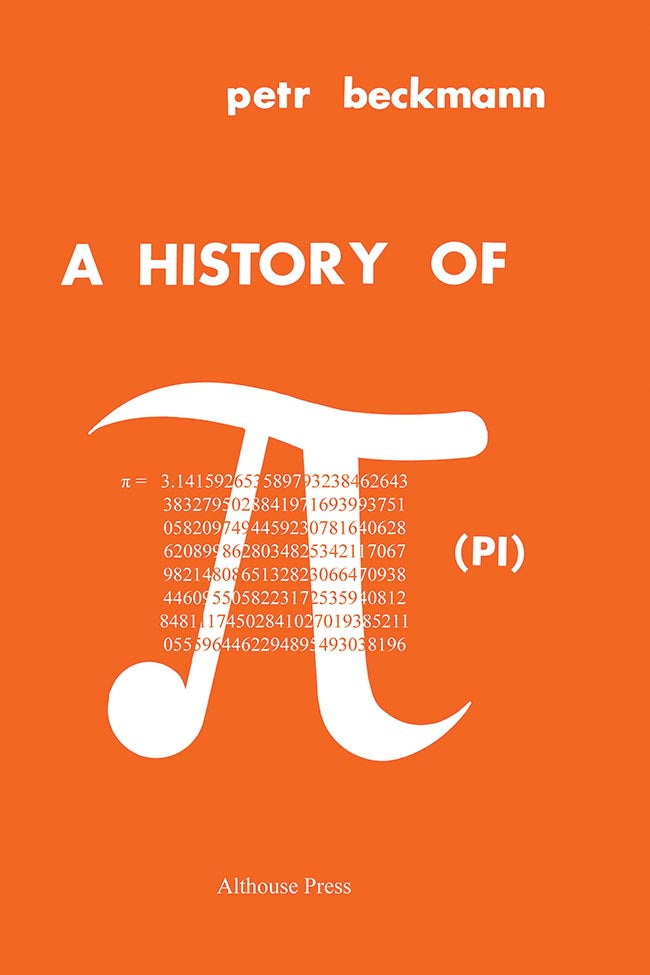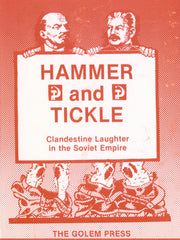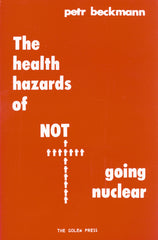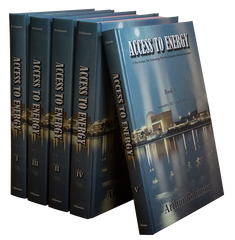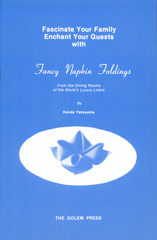A History of Pi
By: Petr Beckmann
This is the fascinating history of the circle ratio from the dawn of recorded history to our own days. In about 2,000 B.C., the Babylonians used π = 3 1/8, and the Egyptians π = (16/9)2. In 1931, a Cleveland businessman published a book rediscovering the latter value and proclaiming it "the greatest mathematical discovery in the world, because absolutely irrefutable!”
The history of π, says the author, is only a small part of the history of mathematics, which is itself but a mirror of the history of man; and he holds up this mirror, giving the background of the times when π made progress - and also of the times when it did not, because science was being stifled by militarism or religious fanaticism.
The mathematical level of the book is flexible, and the reader who finds some of the mathematics too difficult is advised to do what the mathematician will do when he finds it too trivial: Skip it. For there is plenty left for the reader not interested in mathematical refinements. For example, that the Bible contains a verse implying π = 3; that Archimedes of Syracuse in the 3rd century B.C. found a method of calculating π that defied improvement for 1900 years; that a Spanish mathematician was burned at the stake in 1486 because he had claimed to be able to solve a quartic equation; that Leonardo da Vinci found a way to square the circle; that poems coding the digits of π have been written; that even before the advent of the electronic computer, π was known to 707 decimal places; that π can be determined by throwing a needle many times onto ruled paper; that in 1897 the Indiana House of Representatives unanimously passed a bill legislating the (wrong) value of π; and many more.
A book for all who want to learn while enjoying themselves.
Softcover, 196 Pages
PETR BECKMANN was born in Prague, Czechoslovakia, in 1924. He obtained his M.Sc. (1949) and Ph.D. (1955) degrees at Prague Technical University. He worked as a research scientist in radio wave propagation for the Czechoslovak Academy of Sciences until 1963, when he was invited as a Visiting Professor to the University of Colorado, where he decided to stay permanently as Professor of Electrical Engineering. The author has published over 50 original papers, mostly on electromagnetics and random phenomena in wave propagation, and several books, including The Scattering of Electromagnetic Waves from Rough Surfaces (with A. Spizzichino, Pergamon-Macmillan, 1963), Elements of Applied Probability Theory (Harcourt, Brace & World, 1968), Introduction to Elementary Queuing Theory (Golem, 1968), The Depolarization of Electromagnetic Waves (Golem, 1968), and many other books.
The author originally wanted to study history, but changed his mind at the age of 19, when he was introduced to the world of physics as a radar mechanic on a Czechoslovak squadron in the R.A.F. during World War II. However, history remained one of his many side interests.

